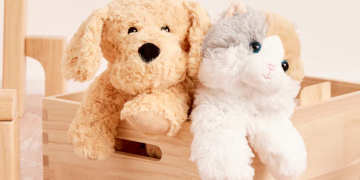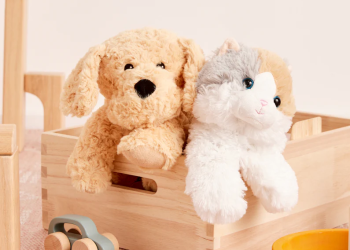Dental health is a crucial aspect of your pet’s overall well-being. Just like humans, pets are susceptible to plaque buildup, gum disease, and other oral health issues that can lead to more severe problems if left unaddressed. Regular brushing of your pet’s teeth not only keeps their breath fresh but also prevents serious health conditions. Here’s a comprehensive guide to help you brush your pet’s teeth effectively and maintain their oral hygiene.
Why Brushing Your Pet’s Teeth is Essential
Preventing Dental Disease
Plaque and tartar buildup can lead to gingivitis, periodontal disease, and tooth decay. These conditions are not only painful for your pet but can also cause systemic issues, such as infections that spread to vital organs.
Reducing Bad Breath
Halitosis, or bad breath, is often a sign of poor oral hygiene. Regular brushing helps remove the bacteria responsible for foul odors, leaving your pet’s breath fresher.
Supporting Overall Health
Oral bacteria can enter the bloodstream and affect the heart, kidneys, and liver. Maintaining good dental hygiene reduces this risk and promotes overall health.
Tools You’ll Need
To brush your pet’s teeth effectively, gather the following items:
- Pet-Specific Toothbrush: These brushes are designed for comfort and effectiveness, with soft bristles and angled heads.
- Finger Brushes: For smaller pets or beginners, finger brushes can be a gentle introduction to toothbrushing.
- Pet Toothpaste: Human toothpaste contains ingredients that are toxic to pets. Use pet-safe toothpaste in flavors like poultry or peanut butter that your pet will enjoy.
- Treats: Use treats as positive reinforcement to make the process enjoyable for your pet.
Getting Started
Acclimating Your Pet
Start by getting your pet comfortable with the idea of having their mouth handled.
- Introduce Gradually: Gently touch your pet’s mouth and teeth with your fingers to get them accustomed to the sensation.
- Use Positive Reinforcement: Reward your pet with treats or praise after each step to build a positive association.
- Introduce the Toothbrush: Let your pet sniff and lick the toothbrush and toothpaste to familiarize themselves with the tools.
Step-by-Step Guide to Brushing
- Choose the Right Time
Pick a calm time when your pet is relaxed, such as after a walk or play session. - Positioning
Sit or kneel beside your pet in a way that feels comfortable and non-threatening. Avoid standing over them, as this can be intimidating. - Apply Toothpaste
Place a small amount of pet toothpaste on the toothbrush or finger brush. Never use human toothpaste, as it can be harmful to your pet. - Brush Gently
- Start by lifting your pet’s lips to expose their teeth.
- Use gentle, circular motions to clean the outer surfaces of the teeth and gums.
- Focus on areas prone to tartar buildup, such as the molars and canine teeth.
- Take Breaks
If your pet becomes restless, take a short break and resume brushing once they are calm. - Reward and Praise
After brushing, reward your pet with a treat or extra attention to reinforce the positive experience.
Frequency of Brushing
For optimal dental health, aim to brush your pet’s teeth at least 2-3 times per week. Daily brushing is ideal but may take time to incorporate into your routine.
Alternative Dental Care Options
While brushing is the most effective way to maintain your pet’s oral health, there are additional options to supplement their dental care:
- Dental Treats and Chews: These help reduce plaque and tartar while satisfying your pet’s chewing instincts.
- Dental Wipes: Useful for quick cleaning if brushing isn’t possible.
- Water Additives: Add to your pet’s water bowl to help freshen breath and reduce bacteria.
- Professional Cleanings: Schedule regular dental checkups with your veterinarian for thorough cleanings and assessments.
Common Challenges and Solutions
Resistance to Brushing
Many pets resist toothbrushing at first. Be patient and start with short sessions, gradually increasing the duration as your pet becomes more comfortable.
Sensitive Gums
If your pet has inflamed gums, use a soft-bristled brush and consult your vet for advice on managing gum sensitivity.
Difficulty Reaching Back Teeth
Use an angled toothbrush or finger brush to reach the molars effectively. You can also tilt your pet’s head slightly to improve access.
Recognizing Dental Problems
Monitor your pet’s oral health for signs of trouble, including:
- Red, swollen, or bleeding gums
- Difficulty eating or chewing
- Discolored teeth or tartar buildup
- Persistent bad breath
If you notice any of these symptoms, consult your veterinarian promptly.
Brushing your pet’s teeth is an essential part of their overall care. By establishing a routine and using the right tools and techniques, you can help ensure your furry companion maintains healthy teeth and gums for years to come.












